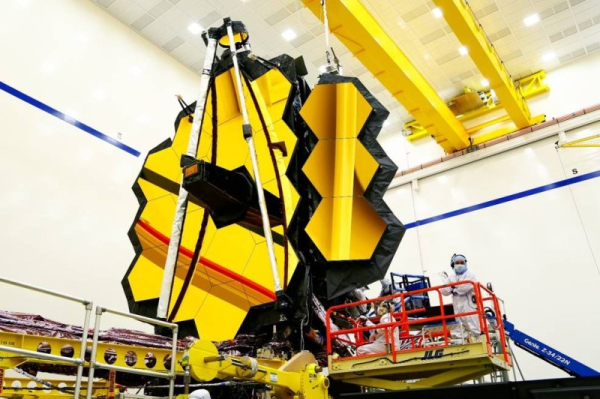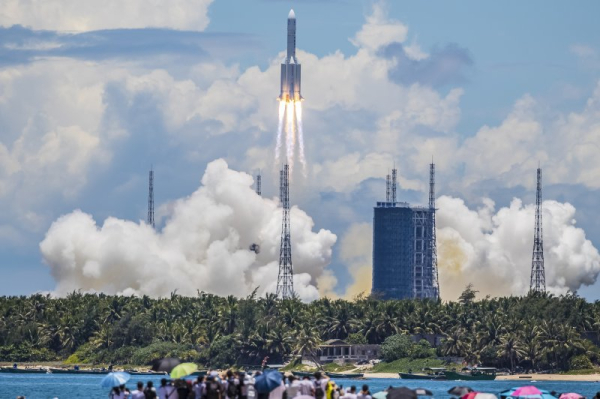
Chile's CiELO initiative is expanding the frontiers of research into the birth and evolution of galaxies, strengthening the country's position as a cutting-edge center for computational astrophysics in Latin America.
“This is a unique modeling project, the first time it has been carried out in Chile and on the continent,” said Patricia Tissera, head of the Center for Astrophysics and Related Technologies, who leads the research team.
“Now the national scientific community is able to independently formulate and solve fundamental questions of the universe, relying on an independent approach and regional characteristics,” added Tissera.
The program, whose name stands for “Chemical Dynamics of Galaxies and Space,” focuses on studying the mechanisms of formation and transformation of galaxies in their natural environment – the large-scale structure of the Universe – using chemical characteristics as indicators of cosmic evolution.
The key objective of the study is to identify the influence of various cosmic zones (voids, threads and walls) on the dynamic processes and elemental composition of galactic systems, which will allow us to deepen our understanding of their historical development.
“CiELO builds digital models of universes on supercomputers – precise virtual doubles of the cosmos – allowing us to explore space from the Milky Way to the oldest star clusters,” explained Tissera. “These developments have interdisciplinary implications for fields where computer modeling is becoming a critical tool.”
Developed over eight years with the participation of universities in the Ibero-American region and world research centres including the Max Planck Institute for Astrophysics and the University of Durham, the project is supported by the Centre for Astrophysics and Related Technologies, which provides high-performance computing resources such as Geryon and supports the training of young scientists.
The simulations, also carried out at the National Supercomputing Laboratory of the University of Chile and the Barcelona Supercomputing Center, use specialized tools: GADGET-3, a software package for simulating galactic evolution taking into account dark matter, and SKIRT, an algorithm that recreates the interaction of light radiation with interstellar dust for a detailed analysis of the evolution of galaxies.
CiELO's work is designed to optimize the processing of information from modern telescope systems, including the orbiting James Webb Observatory (located 1.5 million km from Earth), the Vera C. Rubin Observatory in the Coquimbo region of Chile, and the Extremely Large Telescope under construction in the Atacama Desert.
The uniqueness of the project lies in the study of galaxies in a rarefied environment, which makes it possible to analyze little-studied aspects of their evolution through the prism of chemical composition as a marker of historical changes.
Sourse: www.upi.com





